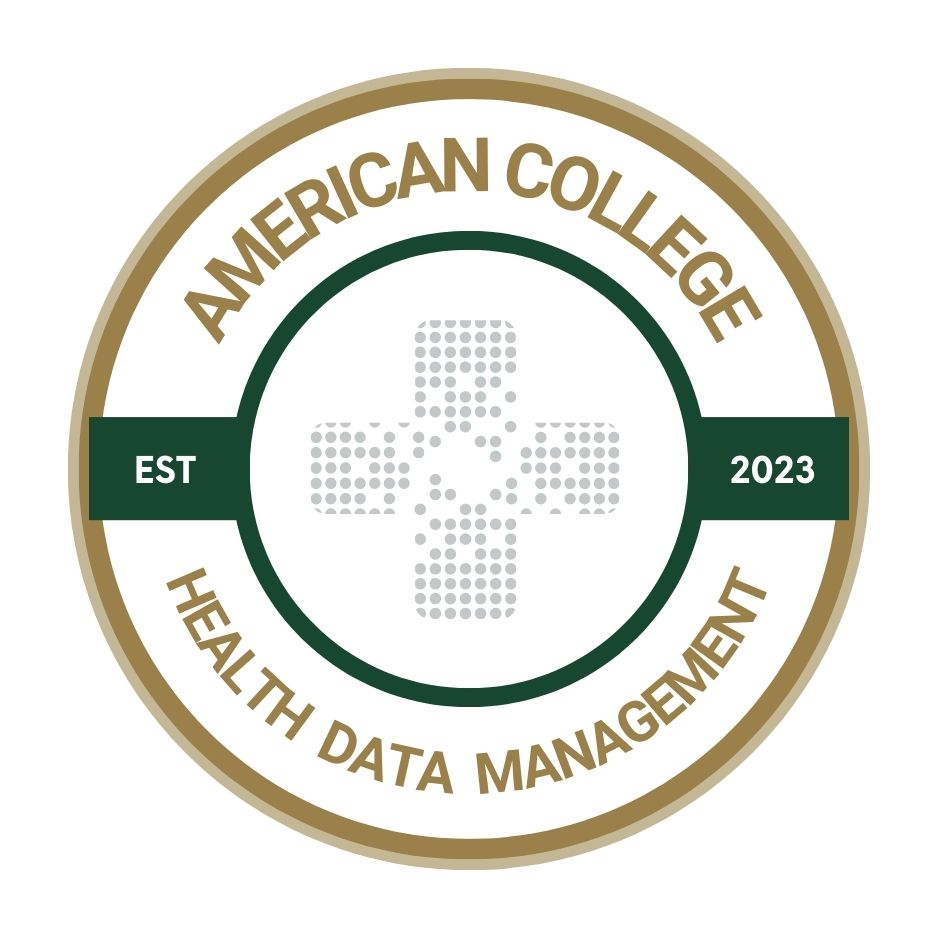How to get revenue cycle talent and technology on the same team
Two immediate revenue cycle automation opportunities – cash posting and data analytics – can help align technology, people and process.

Revenue cycle is a top three area in which C-suite leaders at healthcare organizations plan to increase technology investments, according to a 2023 HFMA report. Healthcare’s revenue cycle is laden with repetitive, laborious and manual tasks, making it an optimal process to automate using artificial intelligence, machine learning (ML) and robotic process automation (RPA).
Amid this deluge of new revenue cycle automation solutions, separating the wheat from the chaff has become an essential first step. Strategic planning is necessary to identify the organization’s top challenges and align technology investments accordingly.
This article lays out key considerations for financial leaders when evaluating revenue cycle automation. It also provides specific insights from real-world experiences using these tools.
Automation supports financial sustainability
There are no reasons to remain complacent about technology in an era of agile, fast-paced software development. Financial sustainability is exceptionally vital, and leaders can no longer lag their competitors — neighboring health systems or nascent disruptors.
Staff turnover, suboptimal cash flow and high denial rates all point to the need for revenue cycle automationNew technology should always be considered if an organization’s core financial systems are more than a decade old. Here are three high-level considerations to begin the journey.
Know the challenges. The organization should carefully analyze and define its problem areas before engaging in vendor conversations or software evaluations. It should know what problems must be fixed first.
Ask for proof. Solutions must be proven to relieve administrative burdens for revenue cycle teams and managers in specific areas in which the organization faces cash-flow challenges and operational gaps. HFMA’s Peer Reviewed solution list is a good starting point for proven revenue cycle solutions. Real-time analytics also has become a must-have for revenue cycle managers and leadership.
Look beyond the technology. Technology and people must work together to deliver real return on investment and maximum value over time. Evaluate vendors that provide technology and services together (tech-enabled services) as a first choice. For example, it will take some time for revenue cycle teams and managers to become proficient with new tools. To enable this, experienced backup staff may be needed during this time.
Achieving prompt revenue cycle relief
After organizations identify priorities and have a short list of vendors in hand, they should look at two immediate areas for revenue cycle automation in 2025.
Automation to support cash posting and management analytics has emerged as a priority for revenue cycle leaders. Whether to comply with upcoming regulatory changes or strengthen cash flow, these specific areas are urgent priorities.
Cash posting. Prompt cash posting refers to the process of payments coming into a health system. Also called payment posting, this task provides an accurate and up-to-date record of payments received and is an essential step in the healthcare revenue cycle. Coupled with analytics and dashboards, revenue cycle managers rely on cash posting KPIs for transparency into the organization’s cash flow.
However, the cash posting process is filled with tedious, repetitive tasks. Here is how automation applied to these tasks expedites the process and brings integrity to cash flow analytics.
Data analytics. Analytics brings business intelligence to revenue cycle management and supports informed, proactive decision-making. Modern data analytics offers clarity and foresight to bolster performance, whether teams work in-house or whether services are outsourced.
Here are executive considerations for evaluating intelligent analytics solutions.
Teamwork is crucial
A healthy revenue cycle requires teamwork across the organization to identify areas for improvement and relieve unnecessary administrative burdens. Millions of tasks can be automated, but team insights help revenue management executives define specific pain points and implement specific automation tools.
With analytics and proactive communication, leadership can begin to prioritize improvement for areas that have the highest revenue cycle impact. Additionally, training and cross-training staff on their roles and the functions of other team members increases cohesion, their ability to manage multiple tasks, and coverage during emergencies while reducing dependency on one specific person.
Finally, new technology isn’t the only answer to revenue cycle challenges. Updated workflows and new strategies across teams are also part of the improvement process. It’s important to use intelligence gleaned from new data and automation tools to strategically work claims and improve the financial health of an organization.
Wes Cronkite, MBA, FACHDM, is the chief innovation and technology officer for TruBridge.
